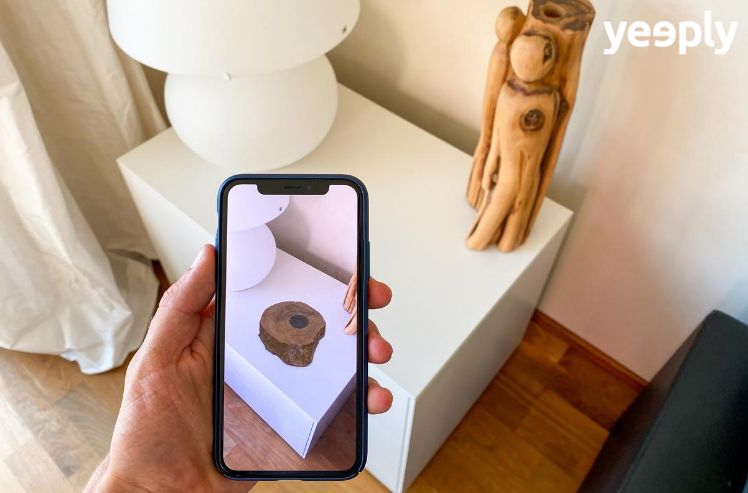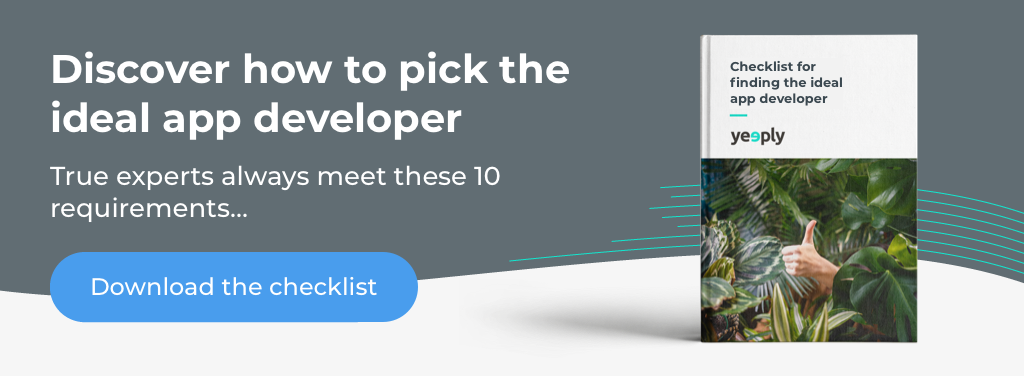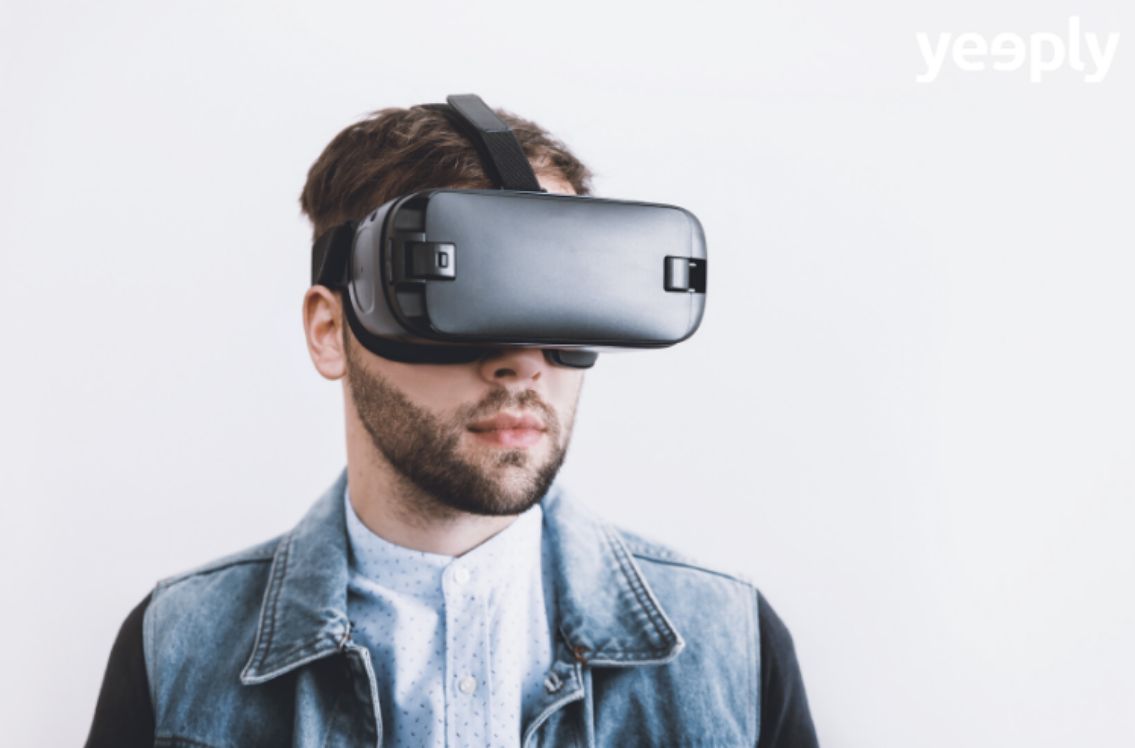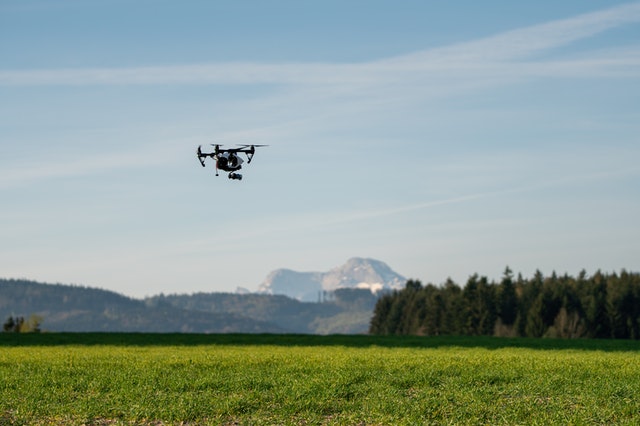Augmented Reality is already in line with what we see in science fiction movies. Tools such as frameworks or work environments and software development kits (SDKs) enable developing languages and programs that make this technology something fitting in our everyday lives.
Just one fact: according to the Statista portal, the global market for AR (Augmented Reality) is expected to attain $ 18 billion by 2023.
Index- The best Augmented Reality SDKs and Augmented Reality Frameworks
- Kinds of iOS and Android Augmented Reality SDKs and apps
- iOS Arkit
- ARcore
- Simple CV
- Vuforia
- Kudan
- Wikitude SDK
Kinds of Android and iOS Augmented Reality SDKs and apps
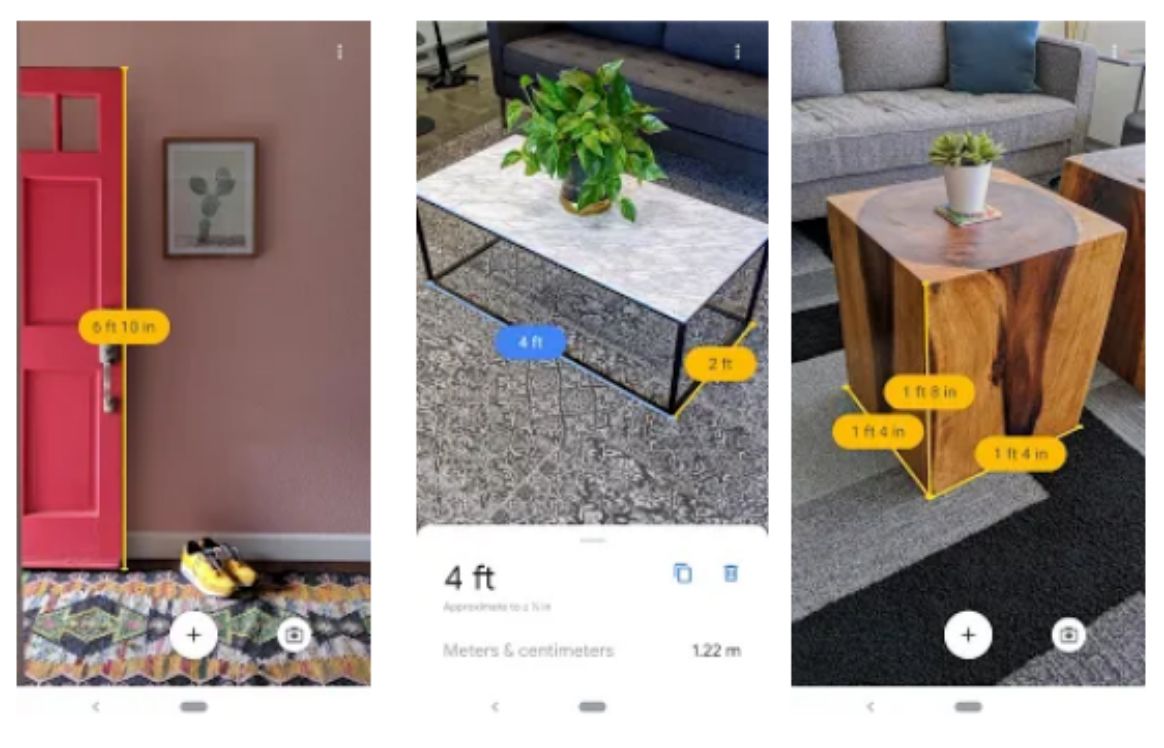
1. Augmented reality based on markers
In this case, the device’s camera will use some kind of visual marker to recognise objects to then provide information about them. It recognises volumes and replaces them on the screen display with 3D versions, so that the user may see them in detail from different angles.
2. Augmented reality without markers
It is mainly used in apps that help travellers discover places of interest located within their vicinity. This technology is based on positioning (i.e. reading GPS data) and the device’s compass and accelerometer (for predicting where the user is heading towards).
3. Augmented Reality based on projections
It works by projecting a beam of artificial light onto a surface. Based on this projected light, the system is capable of detecting and measuring the tactile interaction that occurs when someone touches the surface on which the light is projected.
4. Augmented Reality based on overlapping objects
As its name indicates, it works by overlapping objects. It’s used to replace — either totally or partially — a focused object with another object at a visual level.
#1 iOS Arkit
Overview:
ARKit is the AR framework created by Apple. It has been developed in Objective-C and integrated into the iOS and iPadOS systems. ARKit’s first version has undergone several modifications over time. In its first version, everything was based on the detection of horizontal surfaces such as tables or floors, where the accumulation of function points in such areas pretty much granted the detection of such surfaces. ARKit 1.5 already incorporated reference images and the detection of vertical surfaces. Later on, ARKit 2.0 introduced general improvements regarding performance and also added shared experiences. The ARKit 3.0 version incorporated the occlusion of people so that virtual objects located behind people would not overlap the people in front of them.
Suitable for:
It’s a good option for video game creators since this library supports both Apple’s native API for 3D graphics SceneKit and lower-level native API Metal. It’s also compatible with third-party libraries such as those of Unreal Engine or Unity IDE.
#2 ARcore
Overview:
ARCore is a platform designed by Google that benefits from several APIs that allow our smartphone to recognise, analyse, and — above all — interact with our environment. It’s capable of detecting elements such as movement, size, and location of different horizontal, vertical, and angled surfaces, as well as estimating the light conditions of the place where we are.
Suitable for:
Developers who want to address the development of Android Augmented Reality apps and iPhone Augmented Reality apps in a much easier way since it supports multiple platforms.
You may also be interested in: | What is the difference between Virtual Reality, Augmented Reality, and Mixed Reality?
#3 Simple CV
Overview:
Simple CV is a widely-used, open-source augmented reality SDK. It uses a device’s screen as a lens in which it interweaves several elements of the real world with virtual elements (like text, images, etc.). The screen display reflects the real world combined with virtual objects.
In addition, it offers three kinds of visual functions: a threshold function, an edge method, and a key point search function.
Another advantage is that it is not bound to any specific platform, which means that it’s compatible with Java, C++, and even Python.
Suitable for:
Augmented Reality app development teams looking for a tool enabling an easy deploy of virtual elements in real images obtained through webcams, Kinects, FireWire and IP cameras, or mobile phones.
#4 Vuforia
Overview:
Vuforia, likewise to Simple CV, also uses the device’s screen in the same way: to include virtual images in real images in a way they look real. It’s used to recognise and track both flat images and simple 3D objects in real-time.
Its features also include the capability of adding virtual buttons, creating background effects, or managing occlusions, which makes finding partially hidden objects possible.
Suitable for:
Very useful for developers who are interested in making augmented reality apps combining real images and virtual ones.
This SDK is available for free, but it also has paid-for versions that allow access to advanced features.
Read more: 9 Augmented reality apps that you won’t be able to put down
#5 Kudan
Overview:
Kudan is considered to be one of the most useful augmented reality development libraries since it is fast and allows object recognition with posters or stickers. This feature proves useful to enable access to a purchase or item payment verification confirmation link through a poster, for instance.
Kudan works by adding a layer on top of the real objects. As its main limitation, we must point out that this SDK is not very reliable when it comes to detecting faces.
Suitable for:
Its free version is perfect for independent projects, which usually rely on crowdfunding and start-ups working with the main augmented reality development kits. Besides, it also offers business licenses with additional available features.
#6 Wikitude SDK
Overview:
Wikitude SDK is an all-in-one Android and iOS Augmented Reality framework. It enables developers to use geolocation data, create 3D objects, and implement image recognition.
Suitable for:
You’ll have to pay about € 3,000 to be able to use it and there’s no way around this. But on the other hand, however expensive it may seem, you’ll have access to a myriad of functions that are not available in open source libraries. This means that you’ll be saving time and money in the long term. It also has a free version which is much more limited.
Bottom line
Augmented Reality has entailed really big changes in the current market. Thanks to the progress attained in the field, mobile application development companies are acting as a bridge to close the gap between imagination and reality.
Please, don’t hesitate to get in touch with us if you are looking for an Augmented Reality application developer to help you out with your project!

